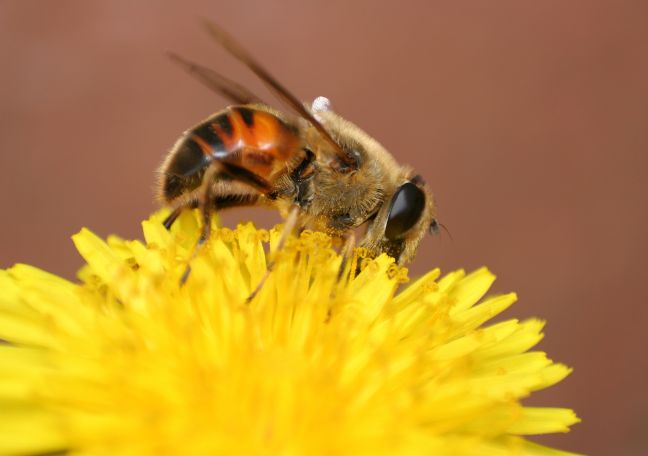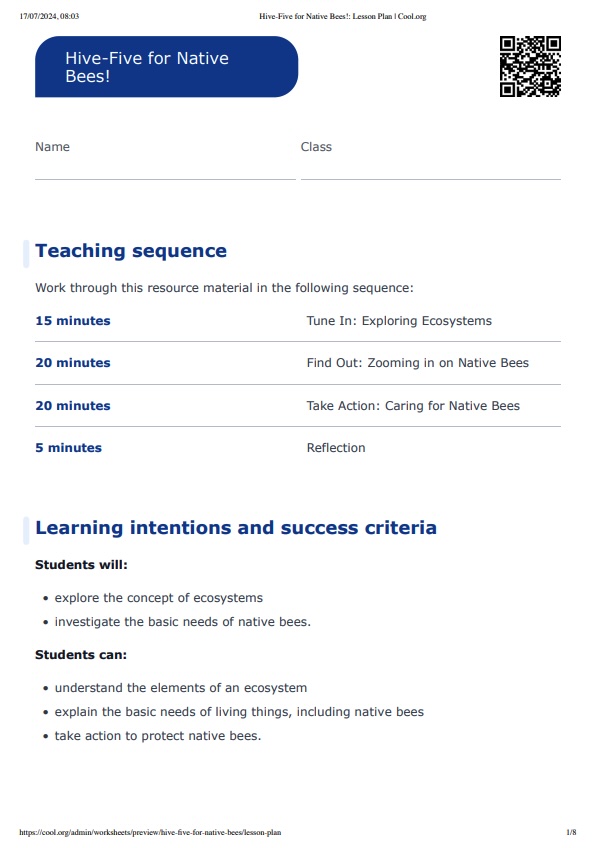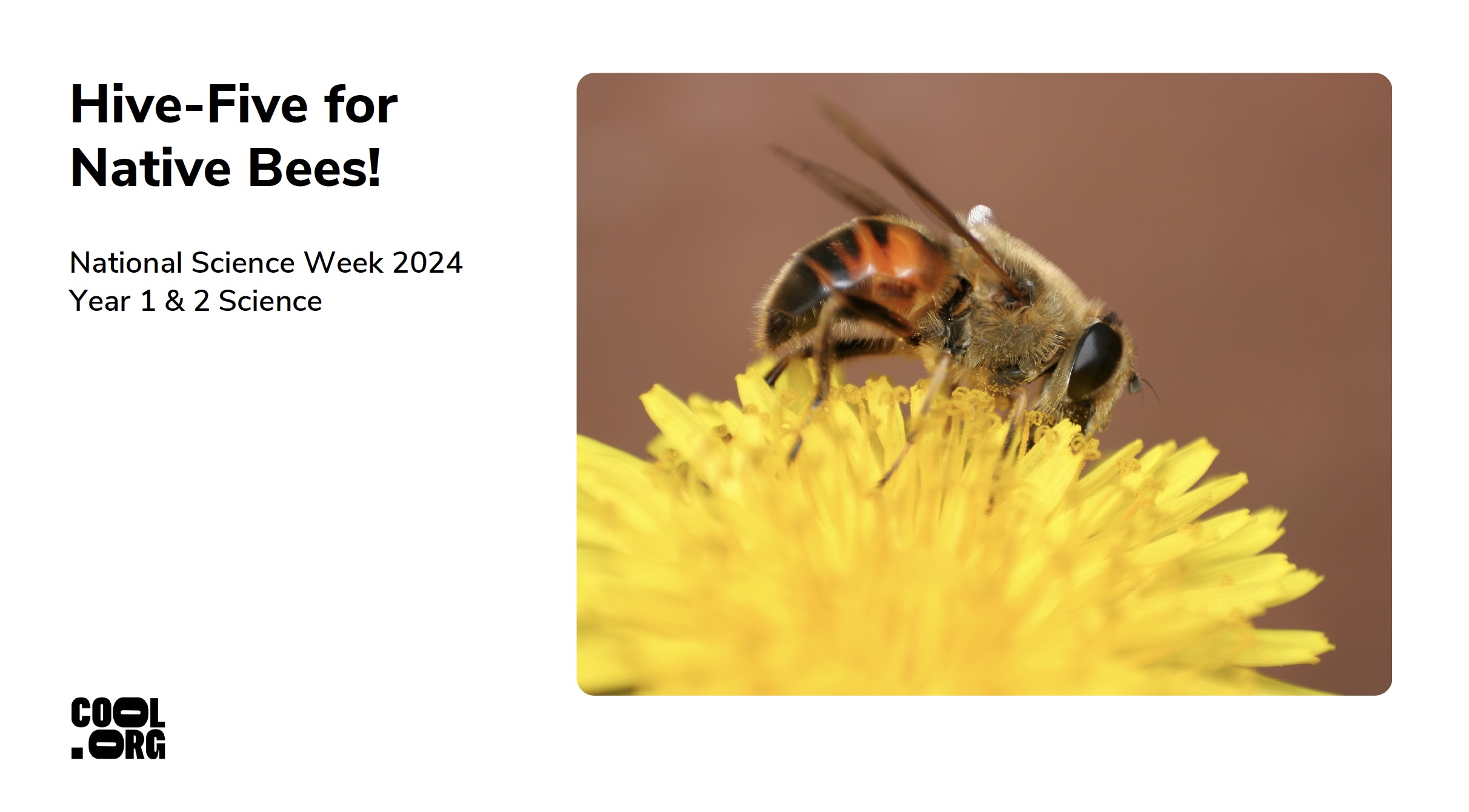Lesson summary
Students will explore ecosystems and how a healthy ecosystem can support native bees. Students will draw the elements of an ecosystem, understanding the role that native bees have in this system, and incorporating this into their drawings. Students will then take action to protect native bees and their habitats at their school.
Learning intentions:
Students will...
- explore the concept of ecosystems
- investigate the basic needs of native bees.
Success criteria:
Students can...
- understand the elements of an ecosystem
- explain the basic needs of living things, including native bees
- take action to protect native bees.
Lesson guides and printables
Curriculum links
Select your curriculum from the options below.
Lesson details
Skills
This lesson is designed to build students’ competencies in the following skills:
- creative thinking
- critical thinking
- communication
Curriculum Mapping
Australian Curriculum (v9.0) content description:
Year 1 and 2, Science
- identify the basic needs of plants and animals, including air, water, food or shelter, and describe how the places they live meet those needs (AC9SIU01)
- describe how people use science in their daily lives, including using patterns to make scientific predictions (AC9S2H01).
Relevant parts of Year 1 and 2 achievement standards: Students identify how living things meet their needs in places they live. They can describe how people use science in their daily lives and how people use patterns to make scientific predictions.
NSW Syllabus outcomes:
- describes observable features of living things and their environments (ST1-4LW-S).
General capabilities: Critical and Creative Thinking
Cross-curriculum priority: Sustainability
Level of teacher scaffolding: High - Lead students in drawing tasks and class discussions. Support students in taking action on native bees. The level of involvement here will depend on the task selected.
UN Sustainable Development Goals
- Target 15.5: Take urgent and significant action to reduce the degradation of natural habitats, halt the loss of biodiversity and, by 2020, protect and prevent the extinction of threatened species.
Resources Required
- Drawing materials for each student
- Optional - device capable of sharing a presentation and YouTube video
Additional Info
This is an original Cool.org lesson.
Related Professional Learning
Inspire Young Scientists in the Primary Classroom - Primary
Quick Summary: This course is designed to assist you in amplifying your students’ interests in learning science. The course will help you discover how to develop the scientific literacy of students and science experiments.
What Makes Something Threatened?
Quick Summary: This course explores biodiversity and threatened species within Australia with Ecologist Thomas Nixon. The course will help you discover how biodiversity is regulated in Australia, and how you can take action to protect our unique biodiversity.



Welcome back!
Don't have an account yet?
Log in with:
Create your free Cool.org account.
Many of our resources are free, with an option to upgrade to Cool+ for premium content.
Already have an account?
Sign up with:
By signing up you accept Cool.org's Terms and Conditions(Opens in new tab) and Privacy Policy(Opens in new tab).